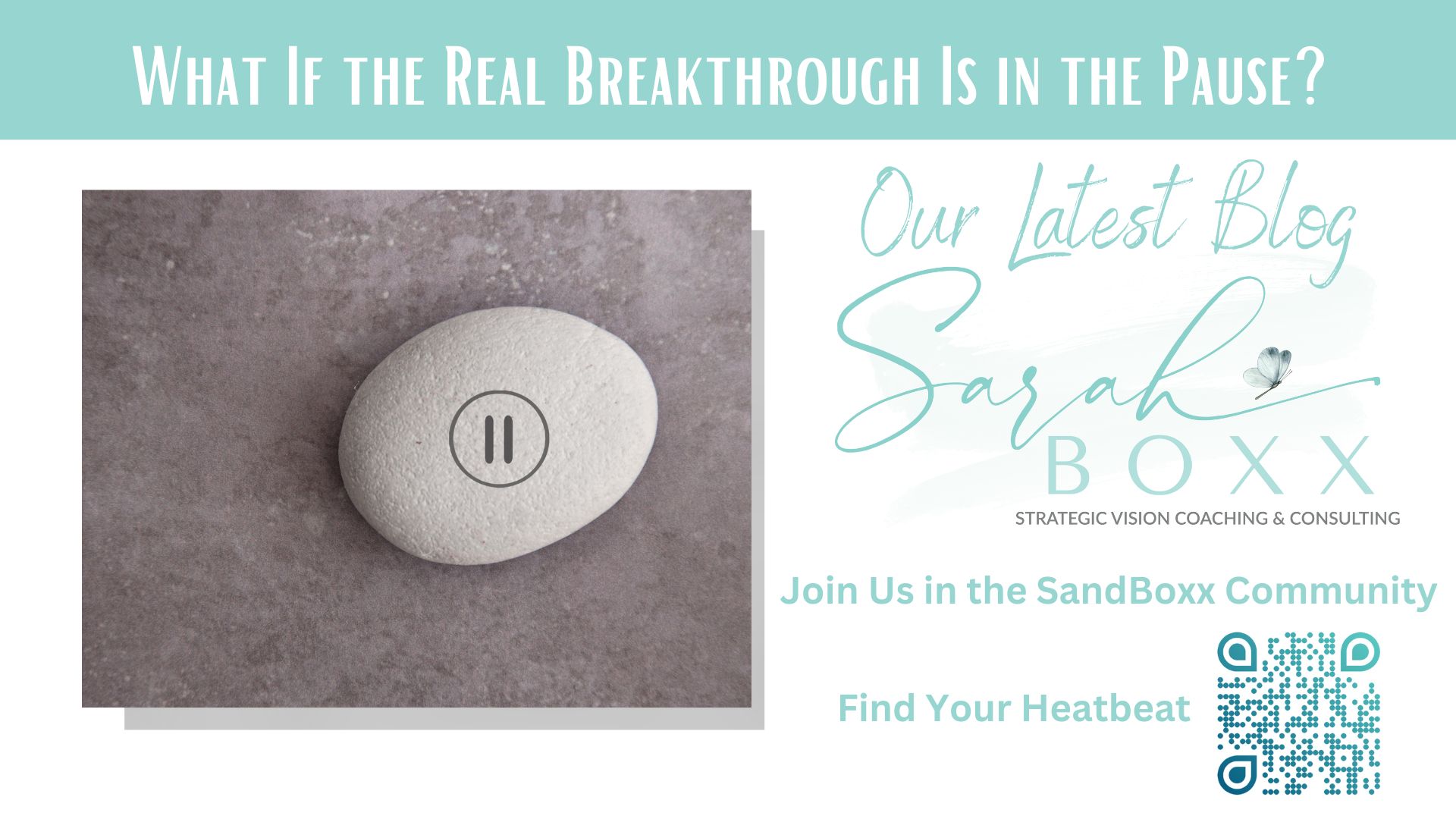“Trauma comes back as a reaction, not a memory.”
– Bessel van der Kolk
Trauma comes in many forms. Both the traumatic experiences and the recurrent stress reactions they trigger can be as unique as the individuals who experience them.
According to the American Psychological Association, trauma is defined as “an emotional response to a terrible event.”
The “terrible events” in question can vary greatly. Some common categories of traumatic experiences include:
- Abuse (physical, verbal, sexual, emotional, etc.)
- Divorce
- Accidents (car accidents, injuries, etc.)
- Medical difficulties (personal or those of a loved one)
- Natural disasters (floods, earthquakes, etc)
- War or first responder situations
Of course, this certainly is not a comprehensive or complete list.
Regardless of the source, traumatic events all have one thing in common: They are incredibly stressful for the individual.
Unfortunately, this stress doesn’t end with the traumatic event in question. It lingers. It comes back, often being re-triggered again and again.
This is where the term, “Post-Traumatic Stress Disorder” comes from. PTSD refers to the long-term stress reactions that occur after a traumatic event. These may include:
- Sudden and/or severe emotional changes
- Relationship difficulties
- Avoidance behaviors
- Memory loss
- Chronic headaches or nausea
What causes these unique symptoms?
Stress hormones. Studies have shown that individuals who have experienced trauma have abnormally high levels of the stress hormones adrenaline and cortisol.
Typically, these stress hormones exist to keep us safe in truly dangerous situations. (That’s a GOOD thing.) After trauma, however, it’s common for these stress hormone levels to remain elevated past the normal range.
This means post-traumatic individuals can experience “fight or flight” feelings without being in true danger. These feelings can be triggered by conversations, images, people, or places that remind the individual of their original trauma.
The memories alone are enough to re-trigger the body’s physical stress response. The brain releases a flood of cortisol and adrenaline into the body and the individual experiences a traumatic stress reaction.
So, what can be done to truly heal from past traumatic experiences?
Honestly, it depends on the individual.
There are a variety of wonderful tools and strategies available to help those living with and processing trauma, but it can be a bit of a trial and error experience to find what will work best for you. Some may be able to do the work of healing and recovery primarily on their own, while others may need the help and support of a licensed professional or support group.
Helpful strategies may include:
- Cognitive-behavioral therapy
- Peer support groups
- Medication
- Self-care
- Reliance on loved ones
If you are experiencing symptoms of post-traumatic stress, I highly encourage you to reach out to a trauma-informed provider. Healing from post-traumatic stress is not a “go-it-alone” adventure. They can help you process your feelings and experiences and determine which strategies and tools might be most helpful for your unique situation.
You are worth the effort.
Are you interested in learning more about how trauma might be impacting your life or the lives of those you love?
Neal Bindemann will be joining me on May 5th for a free workshop surrounding stress, trauma, and his SmartTracker tool for understanding our emotions impact on quality of life. Click HERE to sign up! (This is a closed workshop event – registration is required to attend.)
RESOURCES:
https://www.psychiatry.org/patients-families/ptsd/what-is-ptsd
https://www.nhs.uk/mental-health/conditions/post-traumatic-stress-disorder-ptsd/causes/
https://www.ptsd.va.gov/gethelp/coping_stress_reactions.asp
https://www.apa.org/topics/trauma/stress
Article was contributed by: Maria Lees, Team Writer with Sarah Boxx




